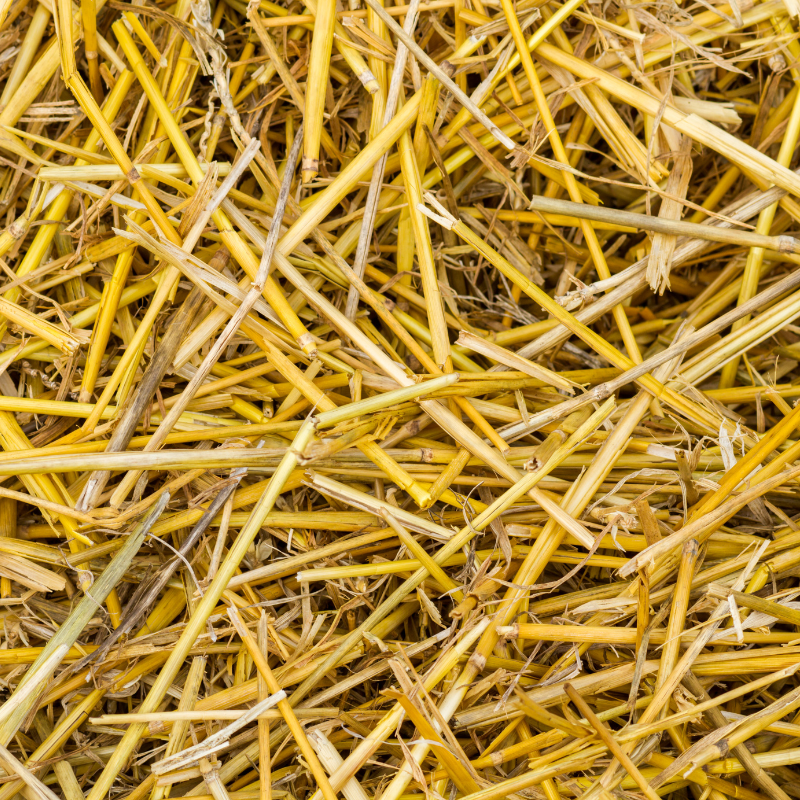Next working day delivery with Royal Mail Tracked 24
Green Water: The Pros and Cons of using Barley Straw in a Pond

Green Water: The Pros and Cons of using Barley Straw in a Pond
Barley straw has been used for many years as a cheap and effective way of keeping a pond clear of green algae growth. Barley straw works best in well-oxygenated and aerated ponds, and is better added to a pond that is already algae-free, and not experiencing an algae bloom. This allows the Barley straw to decompose quickly and more efficiently.
As barley straw decomposes, fungi develops, and the Barley begins to rot. As it is rotting and fungi eat away at the remains of the barley, humic acid is produced, which is the first major step towards algae control. Humic acid reacts with oxygen in the water and sunlight, eventually transforming into hydrogen peroxide.
Hydrogen peroxide is a powerful algaecide, and will inhibit the growth of algae and blanketweed. When produced from barley straw bales it’s in a low enough concentration to be safe for fish and other established plants.

For this reason, we always recommend barley straw as a preventive measure, and not to treat an algae bloom already in place. Similarly, do not expect instant results if treating a pond that is heavily saturated with established string algae, blanketweed, or thick green water.
Does Barley straw Produce Waste?
In moderate doses, in ponds with good quality water quality and no current algae blooms, barley straw will be effective and perfectly safe for fish and plants. Even though barley straw decomposes to produce hydrogen peroxide, which is highly toxic, it will be in such low concentrations that fish and established rooted plants won’t experience any negative effects.
Using barley straw in some ponds can cause a drop in water quality, especially if your pond is poorly oxygenated, has no filtration, or is already polluted with excessive organic waste. Barley straw is carbon-based and organic, like ordinary plant matter and detritus like leaves and twigs, which all contribute to a rise in ammonia and nitrite levels in the pond as they decompose. These are all factors which can be harmful to fish which can be mitigated by adding a pond filter or beneficial bacteria to the water.
Pros
1. Barley straw inhibits future algae growth
2. Barley straw is cheap and effective
3. Barley straw is organic and natural
Cons
1. Barley straw takes time to activate
2. Barley straw is best used as a preventative rather than cure
3. Barley straw can produce organic waste in a pond
Overall, barley straw is a cheap and effective way of keeping a pond clear of algae the natural way. Barley straw is completely natural and safe, and will inhibit algae growth without any risk to wildlife or plants.

How to Treat the Pond with Barley Straw
Treating a pond with Barley Straw bales is simple and easy - all you need to do is throw them into the pond. As the barley straw breaks down and rots, it releases compounds which stop algae and blanket weed growth.
To browse our range of Barley Straw online click here.
Photo credit(s): Canva Pro Licence




